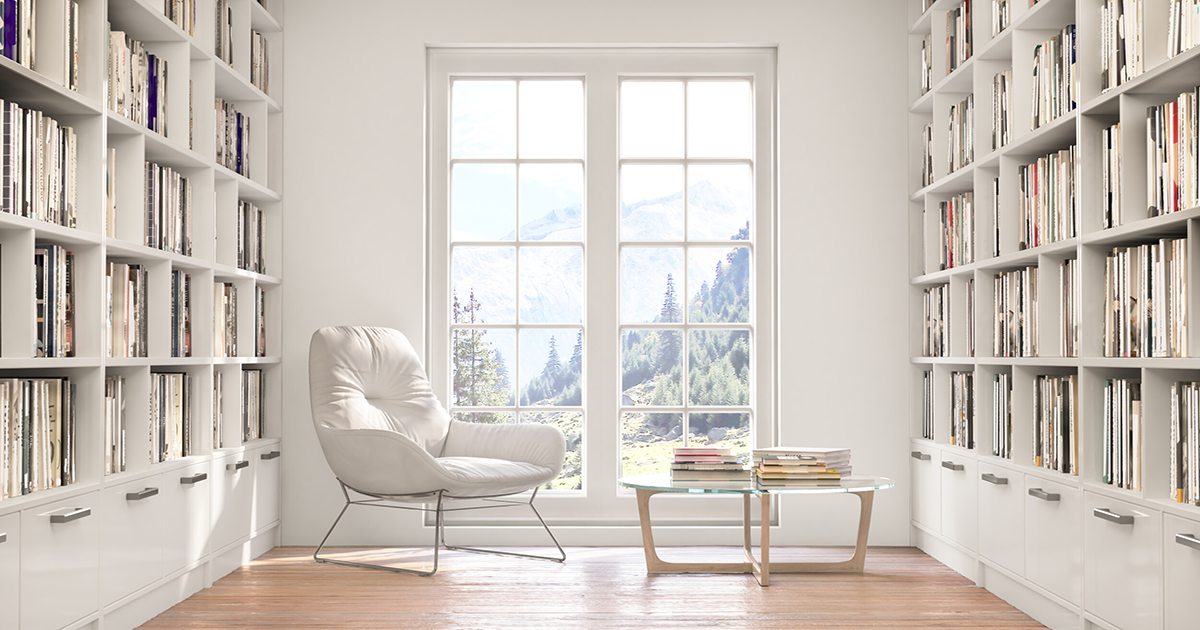“Books give a soul to the universe, wings to the mind, flight to the imagination, and life to everything.”
While many people already have a study in their home, a library wall at home can be a beneficial way to keep all of your books in one designated area to keep them safe and organized.
Placing and designing your library wall is extremely important, especially if you are adding to an existing one.
Why we should have a library wall at home?
Home libraries can help you improve your literacy skills, broaden your cultural understanding, and promote an interest in learning.
According to a recent study, not only do home libraries have a positive impact on people’s academic growth and job attainment, but a book-filled home encourages reading for fun and promotes the discussion of literature.
Leisure reading can be a beneficial stress-reducing activity.

Take into consideration:
- Take inventory of your current collection. You may be surprised at how many books you already own.
- Avoid situating your home library against outside walls, which are subject to temperature changes. These changes can have a significant impact on the state of your library and lead to the growth of mold or mildew.
- Built-in and Freestanding?
Built-in shelving units are permanent fixtures in the home that are affixed to the walls themselves.
How to Design A library wall
- Freestanding shelving is placed against a wall and is a temporary and movable shelving unit, usually in the form of a bookcase or cabinet.
- Add color to your library by painting the entire bookcase or its shelves. You can also line your library with colorful wallpaper if you’re feeling particularly creative.
- Ensure that the organizational style of your home library complements the room.
- A small built-in reading nook or sitting area is a great method to incorporate seating into your home library.
- Natural lighting can improve mood and even help combat seasonal affective disorder. Not only does natural light not damage your eyes to the same extent as artificial light, but it can help maintain your circadian rhythm and is a good source of vitamin D.
It might be interesting for you: AI in Home Design

- Organizing your home library alphabetically, chronologically, by genre, or by color should be arranged in the way easiest for you to maneuver.
- Keep your books away from direct sunlight, which can accelerate deterioration and cause fading. Dusting of the home library is recommended weekly.
- Arranging books by color could turn a stack of overloaded objects into an orderly and bright decorative visual treat.
- if your shelving extends to the ceiling or is very high, you should consider incorporating a rolling ladder into your library design.
- Think gorgeous add-ons like sculptural artworks, framed prints, figurines, and decorative objects to inject your own personality throughout your home library.
- If you have a long hallway, you could incorporate different library styles with bookshelves displayed on both sides. But if you want to save some space, consider building your library from the ceiling on only one side.

- Wasted space like underneath a staircase and less used rooms can be used for housing book shelving which can, in turn, give you the convenience that is needed when reading.
As part of home library ideas, a space for a bit of recreation such as a fireplace, a small bar for drinks, and entertaining areas should be considered.

